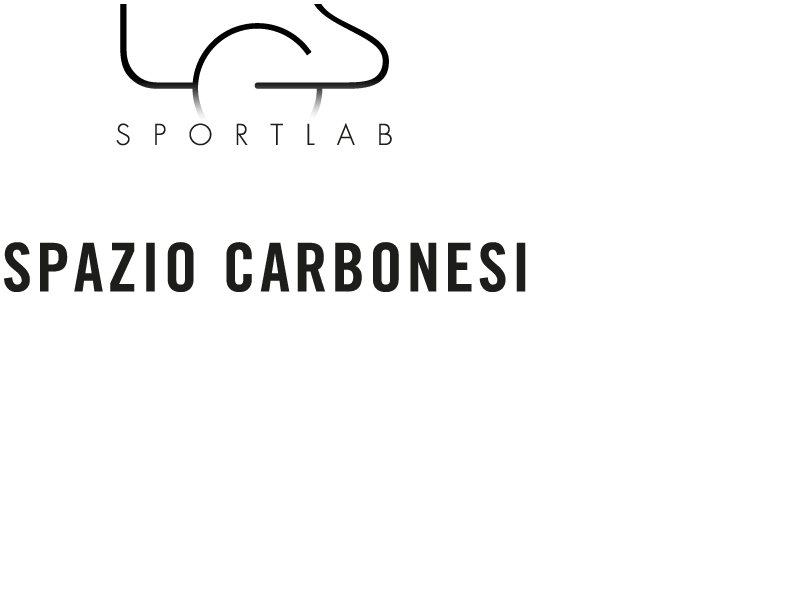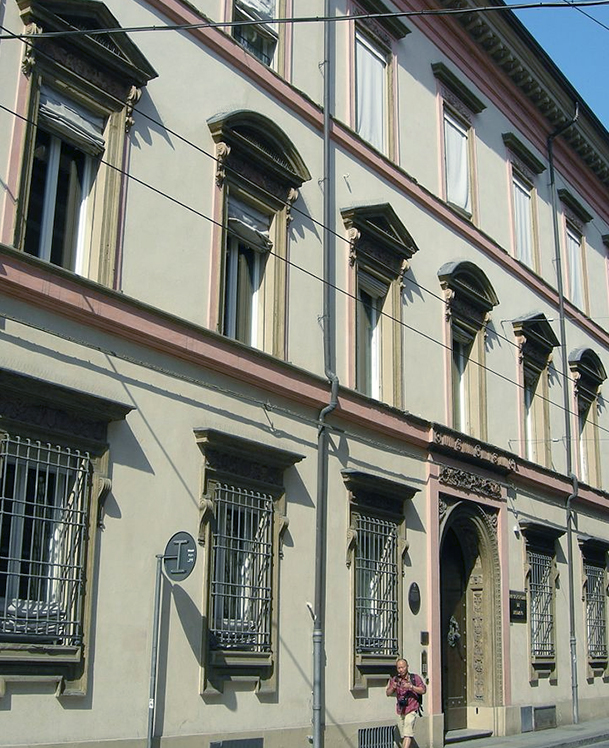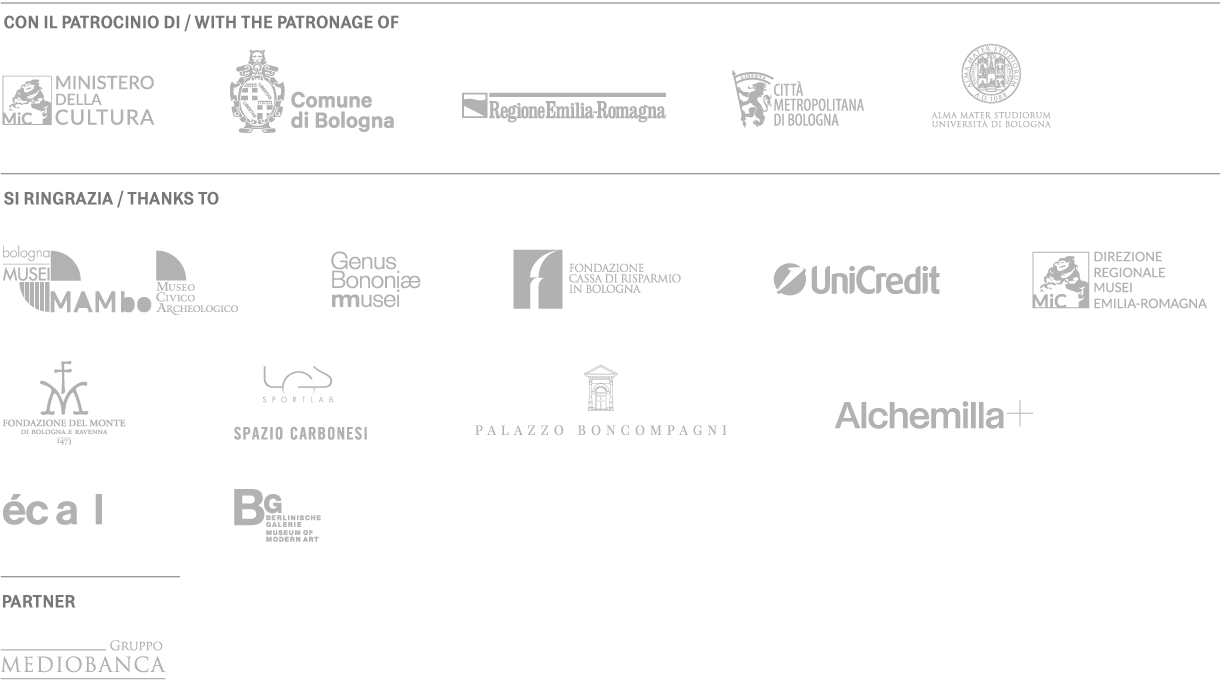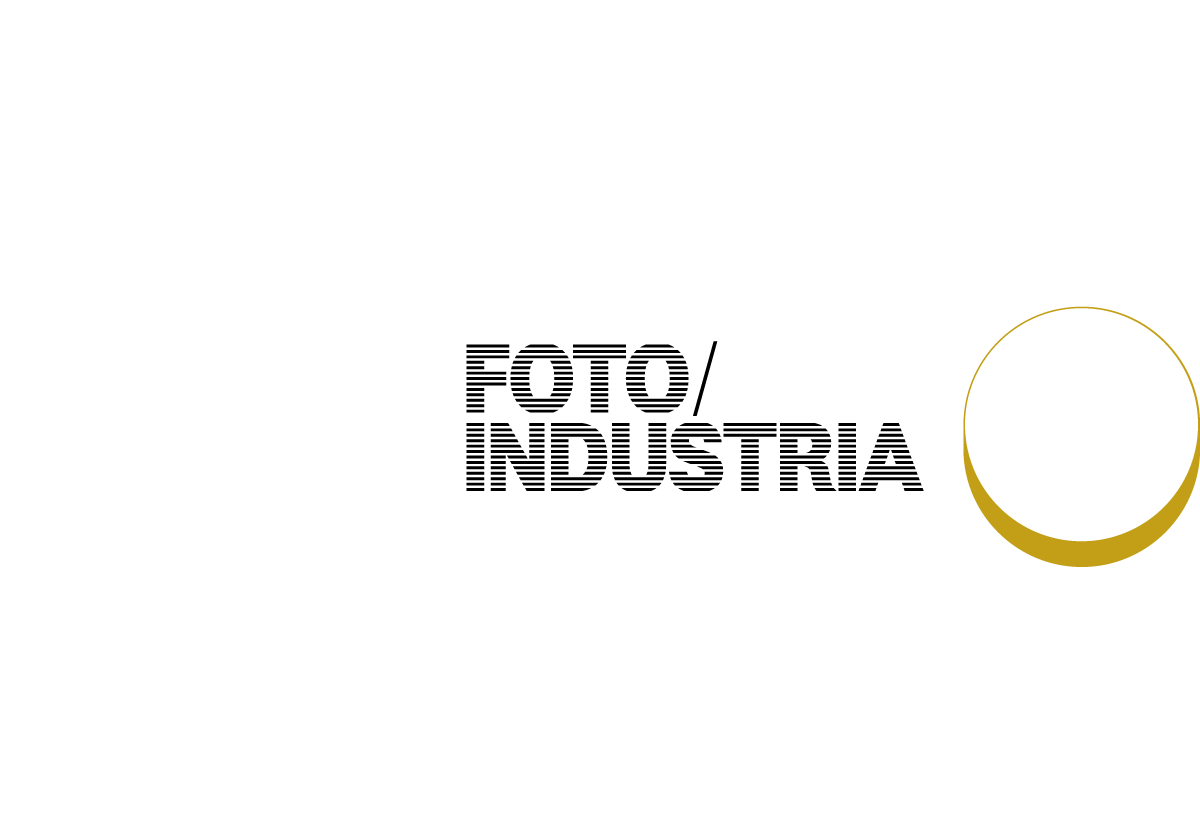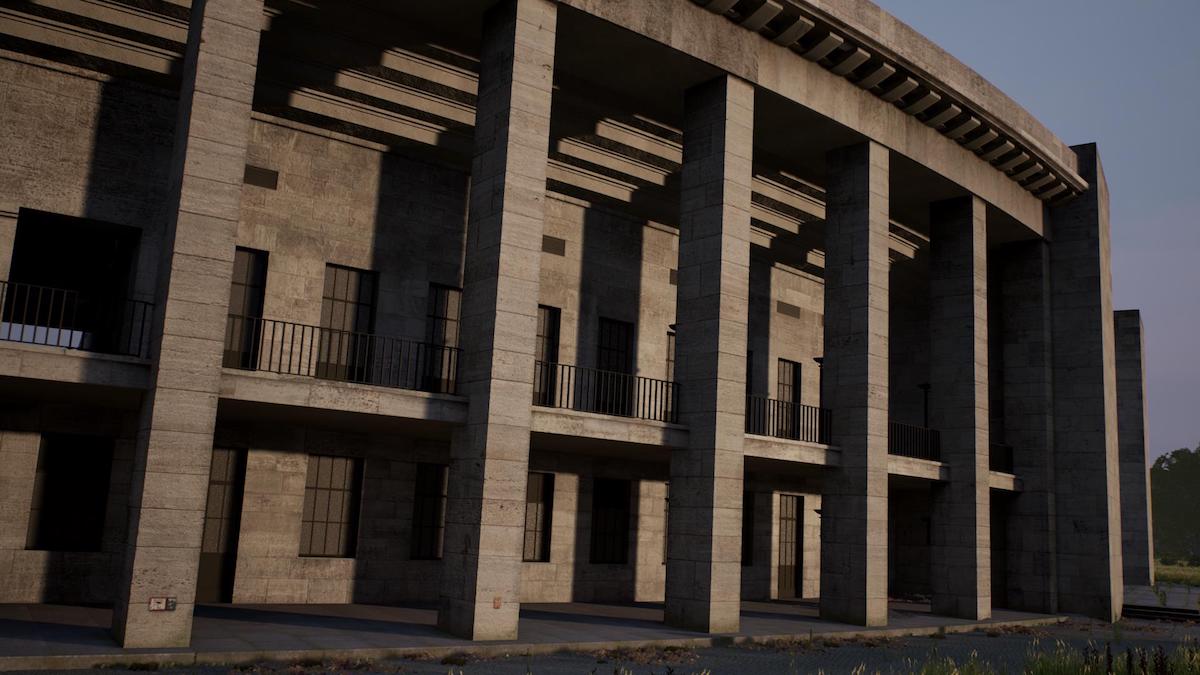
DAVID CLAERBOUT
OLYMPIA
Olympia is the most ambitious and visionary project ever undertaken by Belgian artist David Claerbout. The subject is the famous Olympiastadion in Berlin, renowned for having hosted the 1936 Olympic Games, designed by architect Werner March. According to its original plan, the stadium should survive for a thousand years: in fact, this was the duration expected by the hierarchs for the entire cycle of the Third Reich. For this work, David Claerbout questioned how the Olympiastadion ought to look in a millennium, and developed a complex computer graphics software that simulates the degradation of architecture in real time in a large format projection, to the point of its total disappearance.
Location
Palazzo Zambeccari
Spazio Carbonesi
Via De’ Carbonesi, 11
BIOGRAPHY
David Claerbout (bon 1969, Kortrijk, Belgium) is one of the most innovative and acclaimed artists working in the realm of moving images today, his oeuvre exists at the intersection of photography, film and digital technology.
He trained as a painter, but became more and more interested in time through investigations in the nature of photography and film. Fusing together the past, present and future into stunning moments of temporal elasticity, his works present philosophical contemplations on our perception of time and reality, memory and experience, truth and fiction.
Using pixel constellations, image sequences, light, speed, speech, music and ambient sound, installation environment and the technologies used to convey these, his compositions elicit new modes of perceptual absorption, expectations, comprehension and memory.
He has been the subject of numerous solo exhibitions internationally, including: Kunsthaus Bregenz (2018); Schaulager, Basel; MNAC, Barcelona (2017); Städel Museum, Frankfurt; KINDL, Berlin (2016), Marabouparken Konsthall, Sundbybert, Sweden (2015); Nederlands Fotomuseum, Rotterdam (2014); Kunsthalle Mainz, Mainz, Germany (2013); Secession, Vienna, Austria; Tel Aviv Museum, Tel Aviv, Israel (2012); SFMOMA, San Francisco; WIELS, Brussels, Belgium (2011); The De Pont museum of contemporary art, Tilburg, The Netherlands (2009) and (2016); Pompidou Center, Paris, France (2007); The Kunstmuseum, St. Gallen, Switzerland (2008); and The Van Abbemuseum, Eindhoven, The Netherlands (2005).
His work is represented in major public collections worldwide.
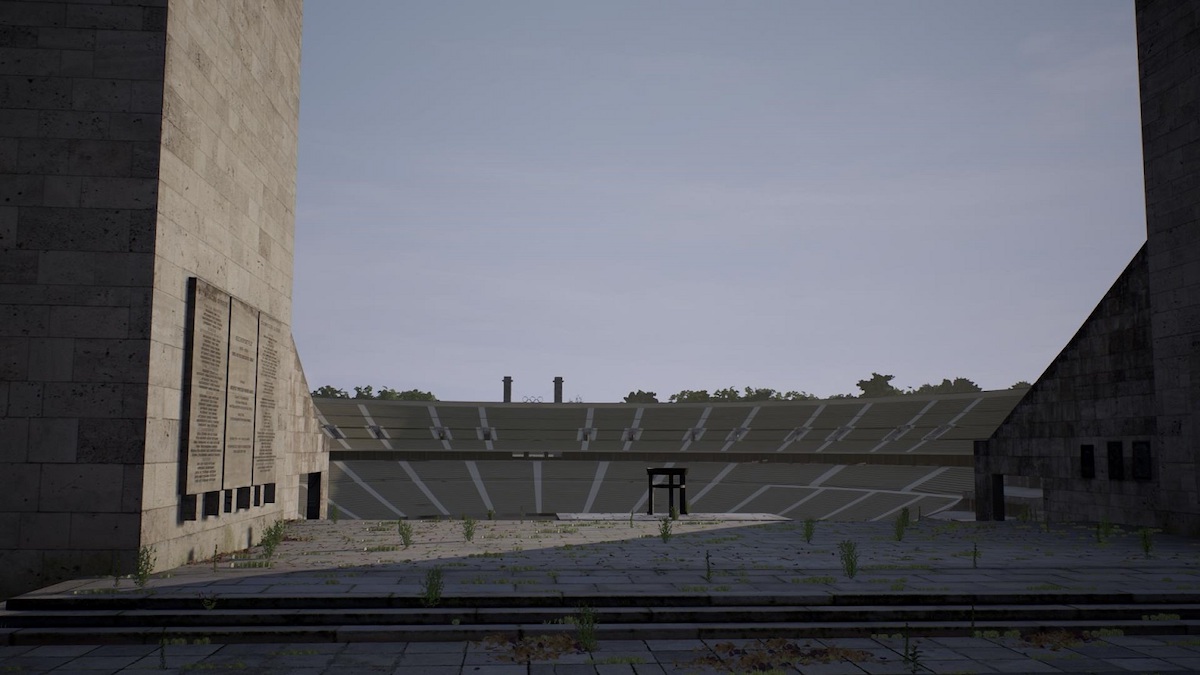
Courtesy the artist and galleries Sean Kelly, New York, Esther Shipper, Berlin, and Rudiger Shottle, Munich, Untilthen, Paris
Location
Palazzo Zambeccari
Spazio Carbonesi
Via De’ Carbonesi, 11
This space is located inside Palazzo Zambeccari, a three-story building with a Neoclassical terracotta facade that was built in 1775 by the architect Carlo Bianconi. The piano nobile or main floor has maintained its Baroque frescoes, including an Olympus by Giuseppe Rolli and Giacomo Alboresi. Spazio Carbonesi is a space for meeting and sharing ideas made available to cultural organizations, an ideal setting for experimentation, exploration, and innovation that is used for arts-based initiatives, courses, or lectures.
